Medals awarded to World War II air ace who downed at least 20 German bombers in night-time raids sell for record £384,000
By Daily Mail Reporter and Sam Shead
PUBLISHED: 18:12, 7 September 2012 | UPDATED: 18:13, 7 September 2012
The outstanding war medals of legendary fighter ace John ‘Cat’s Eyes’ Cunningham have sold for an astonishing 384,000 pounds.
The late Battle of Britain airman was the highest-scoring night-fighter pilot of the Second World War, downing at least 20 German bombers over the English Channel.
He became a hero of the RAF who gave him the nickname ‘Cat’s Eyes’ for his ability to see in the dark and for his skill and bravery.
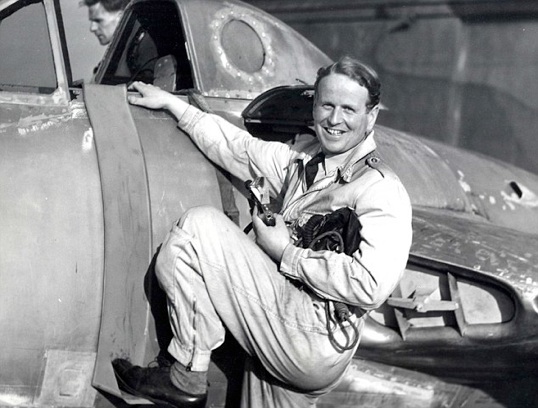
Legendary fighter ace John 'Cat's Eyes' Cunningham - who put his eyesight down to eating carrots - have emerged for sale for £200,000
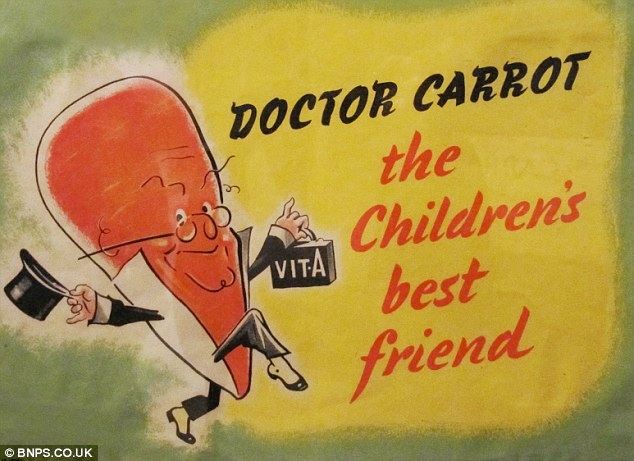
Cunningham's night fighting skills were used as a ruse to encourage Britain's children to eat more of the humble vegetable
He destroyed one bomber without firing a single shot after he daringly dived down through cloud at great speed and drove the enemy aircraft into the ground.
The secret to his deadly accuracy? Carrots.
Cunningham's insistence that it was the humble garden root vegetable which kept his sight in tip top form convinced generations of children to eat their vegetables.
It has since been revealed that Group Captain Cunningham’s ability to see enemy planes at night was more likely to be down to top secret radar technology that he was one of the first to trial than carrots.
But the myth was snapped up by war time health ministers as a way to encourage children towards healthy eating.
And it is hoped his legacy will continue to inspire future generations of young pilots now his impressive cluster of medals and flying memorabilia have been sold to raise money for a purpose built training centre.
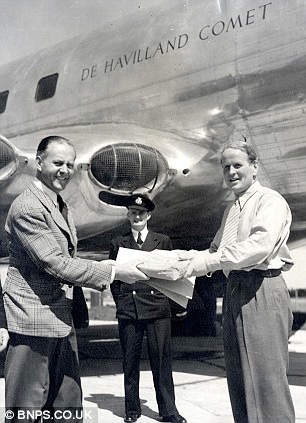
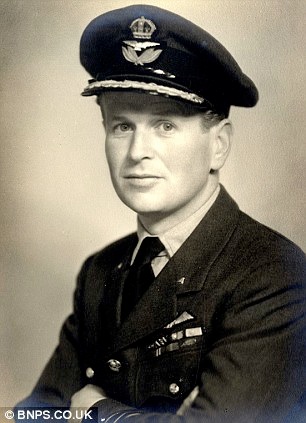
Decorated hero Cunningham (above right and right) was the test pilot for the DH Comet - the worlds first passenger jet
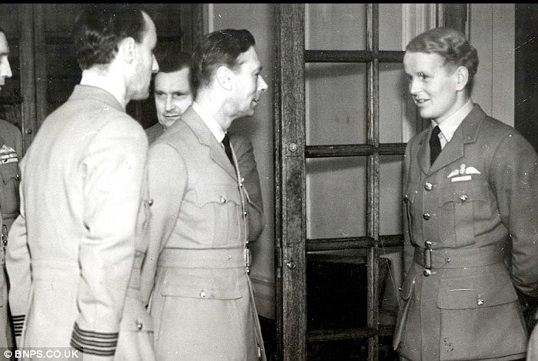
Cat's Eyes meets the King at Middle Wallop in 1941. The late Battle of Britain airman was treated as a hero.
He was awarded the Distinguished Service Order three times for his war heroics and was later made a CBE for his test piloting of the world’s first passenger jet airliner.
He died aged 84 in 2002 and his impressive collection of medals and flying memorabilia was then handed to the de Havilland Aircraft Company Trust.
The trust sold them to raise funds for the Bentley Priory Battle of Britain Trust Appeal and was delighted that the total far exceeded the estimate of 200,000 pounds.
Bentley Priory, in north west London, was the wartime headquarters of fighter command and the trust hopes to create a training centre which will award scholarships to future pilots.
Mark Quayle, head of Spink’s auction rooms in London that sold the lot yesterday, said: 'We are delighted with the result of the sale, which has generated a huge sum of money for such a worthwhile cause.
'We hope that the funds raised will go some way to helping the trust achieve its overall target and encourage those still to donate, to do so.'
Speaking on behalf of the Bentley Priory Battle of Britain Trust Appeal, Brian Burridge, said: 'The trust is hugely grateful to Spink for facilitating this auction, which has generated enormous interest.
'This underscores just how important the Battle of Britain is in our national memory. The creation of a museum and learning centre at Bentley Priory is designed to ensure that this memory never fades.
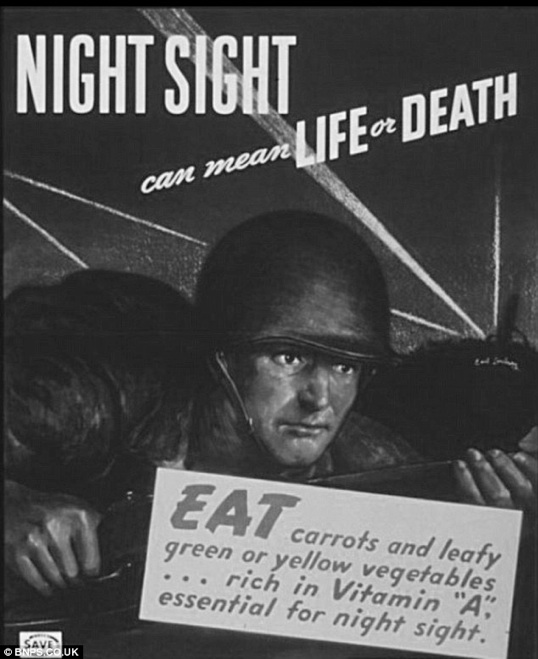
A WW2 poster released to encourage people to eat carrots. The myth that eating the vegetables can improve eyesight came after Cunningham's war efforts
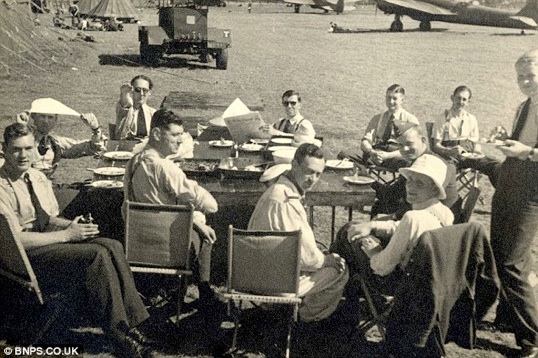
604 squadron waiting to scramble in 1939 (Cunningham right)
'The funds raised today will help us to travel the last mile of our final target of 1.2 million pounds.'
The sale is a record for a medal group sold in Britain.
As well as the medals, the flyer’s RAF log books were also sold along with his flying helmet, jackets, trophies, tankards, certificates and photo albums.
John Hayward, an aviation consultant for auctioneers Spinks of London, said prior to the sale: 'This is a hugely significant collection relating to a special man who dedicated his life to aviation.
'His night-fighter status in the war was unrivalled and comparable to the best of the best daytime fighter pilots.
'Nineteen of his 20 credited kills were at night and were enemy bombers out to destroy our cities.
'Flying at night was obviously a highly-dangerous discipline, there was a lot of groping in the dark, but John Cunningham became a master at flying at night and engaging enemy aircraft.
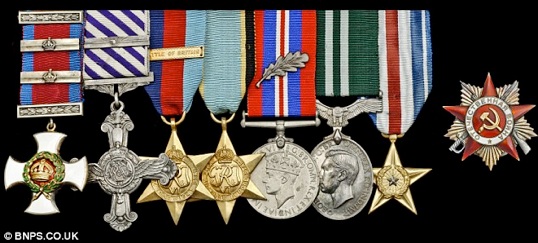
The haul of medals will help fund a dedicated training centre for aspiring pilots
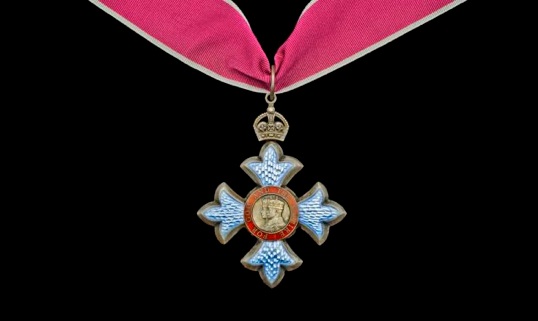
Cuningham's CBE. The lot also includes a Russian Order of the Patriotic War, as well as documents and photographs of an extraordinary life
'This is the first and probably last time his medal group has come on the open market.'
HOW CARROTS REALLY CAN HELP YOU TO SEE IN THE DARK
The myth started by Cunningham is actually based in truth - eating carrots can help you see in the dark.
The essential nutrient responsible is carotene which is turned into vitamin A by the liver.
Vitamin A protects the eyes by helping to absorb the light energy that passes into it.
Increased levels of vitamin A means your eyes can absorb more energy and become more sensitive in dim light, helping you see more effectively.
Children that are deficient in vitamin A often have dry eyes and in extreme cases can suffer from night 'blindness' where they have trouble seeing in the dark.
Good sources of carotene are carrots, mangoes and cabbage.
It can also be found in cod liver oil, milk and eggs.
Another fruit famed for its ability to boost night vision is blueberries.
Anecdotal evidence from RAF pilots in World War Two shows they felt their night vision improved after eating blueberries.
Gp Capt Cunningham, from Croydon, south London, became interested in planes from an early age.
He joined de Havilland as a trainee in 1935 and then enrolled with the Royal Auxiliary Air Force’s 604 Squadron.
He was called up by the RAF as a nightfighter pilot at the outbreak of war.
His first ‘kill’ was on November 19, 1940 when he shot down a Junkers 88 bomber crossing the Sussex coast.
He went on to destroy two Heinkel 111 bombers over the English Channel and over Lyme Bay and was almost immediately awarded the Distinguished Flying Cross with bar.
He downed two enemy bombers on the same patrol on April 8, 1941 and three in three patrols the following week. As a result he was awarded the DSO.
The second bar award to the DSO came in July 1942 after he had claimed 16 kills and the third award in March 1944, by which time he was a wing commander in 85 Squadron and had claimed 20 kills.
In October 1943 he had a near miss when a Junkers 88 opened fire at his Mosquito plane and shattered his windscreen.
After the war Gp Capt Cunningham became the chief test pilot for de Havilland and went on to test the Comet, the world’s first jet airliner, and oversaw its development from prototype to production.
He also broke the world altitude record in a Ghost Vampire jet.
He later became a chief test pilot and executive director of British Aerospace and retired in 1980, having never married.
His medal group was made up of his CBE, DSO with two bars, DFC with one bar, the 1939-45 Star with Battle of Britain bar, the Air Crew Europe Star, the Defence Medal with bronze oak leaf, the Air
Efficiency Award, the US Silver Star and the Russian Order of the Patriotic War.